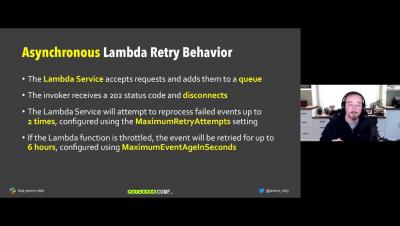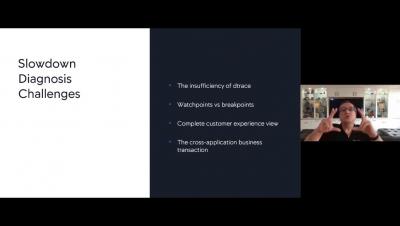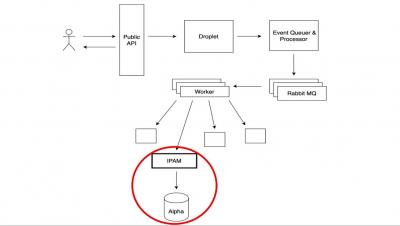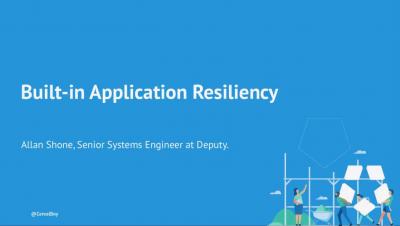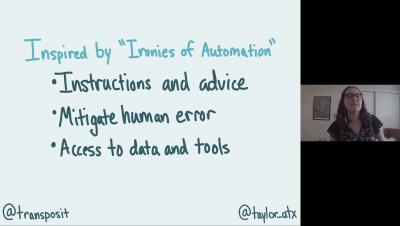Fight, Flight, or Freeze - Releasing Organizational Trauma Matt Stratton Failover Conf 2020
When humans are faced with a traumatic experience, our brains kick in with survival mechanisms. These mechanisms are the familiar fight or flight response, but can also include the freeze response - which occurs when we are terrified or feel that there is no chance of escape.




